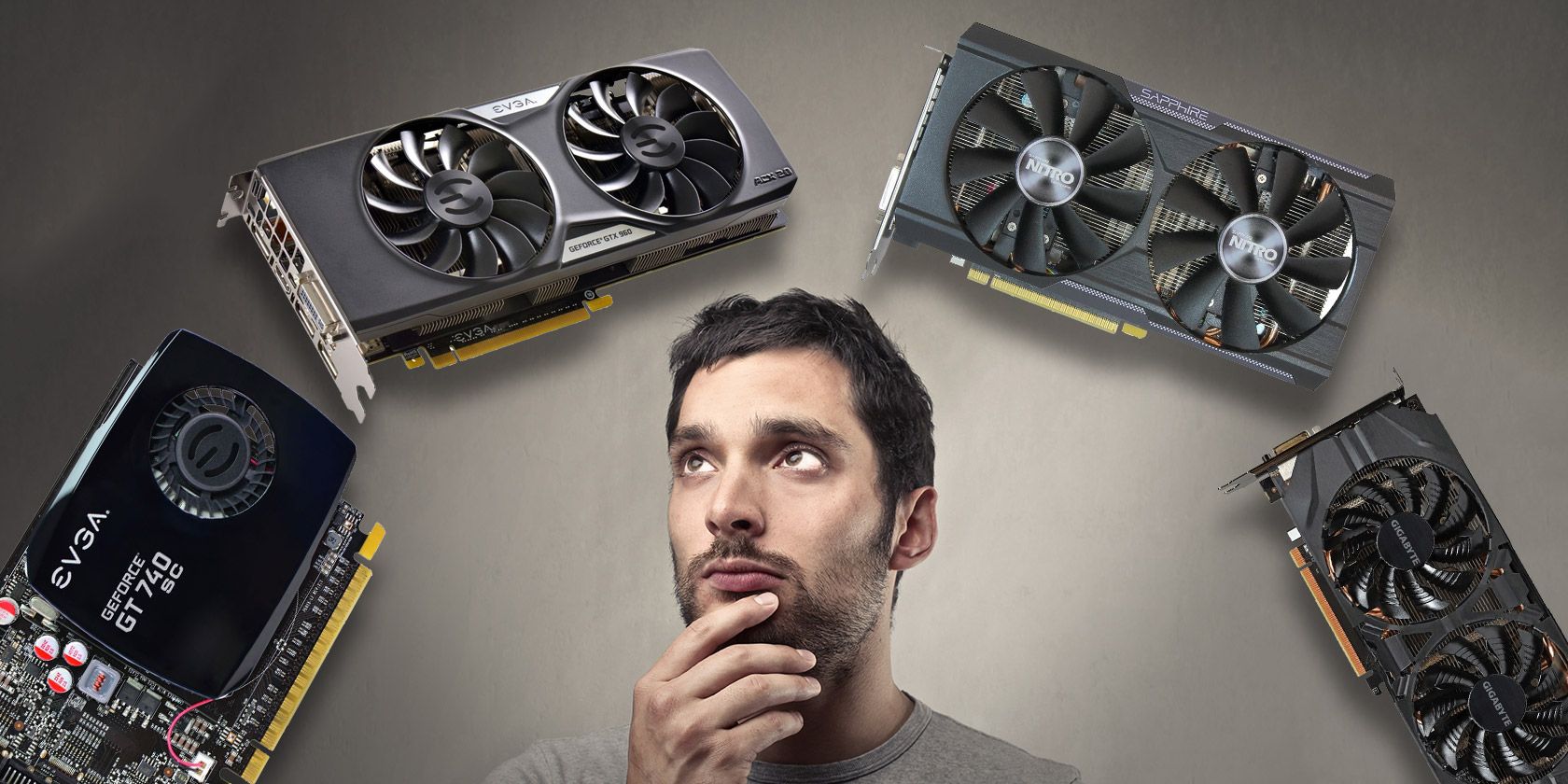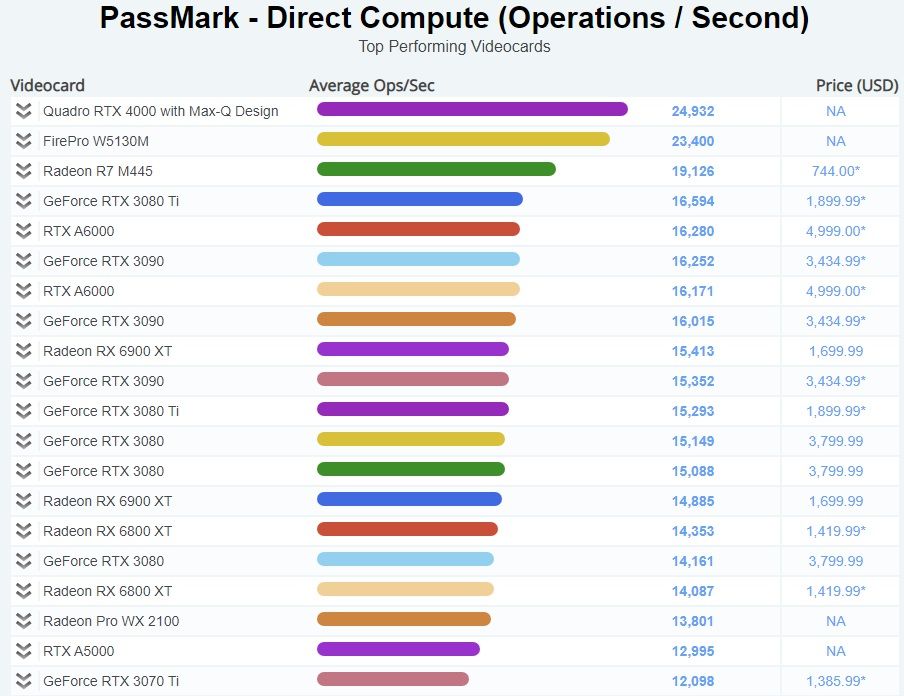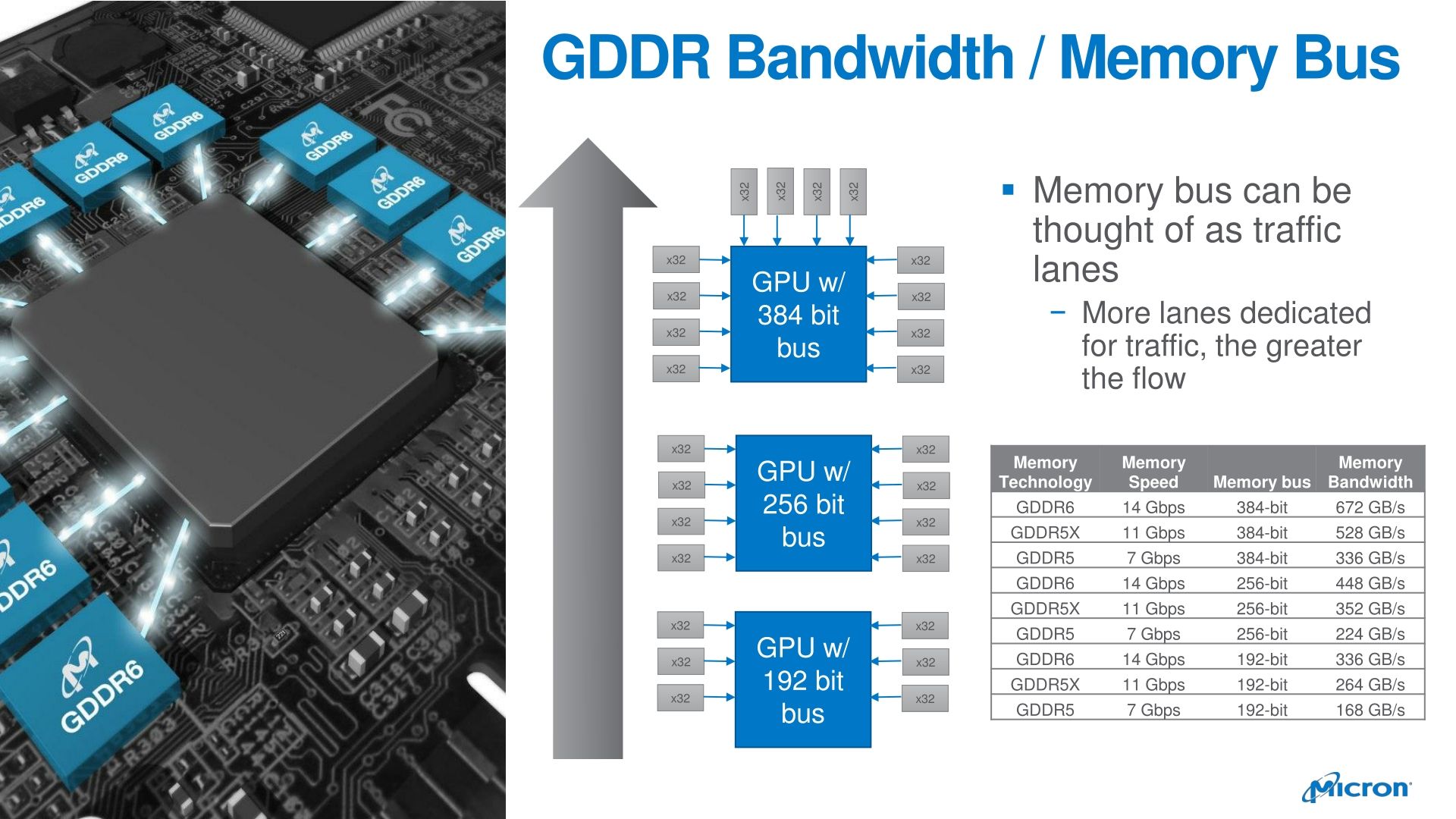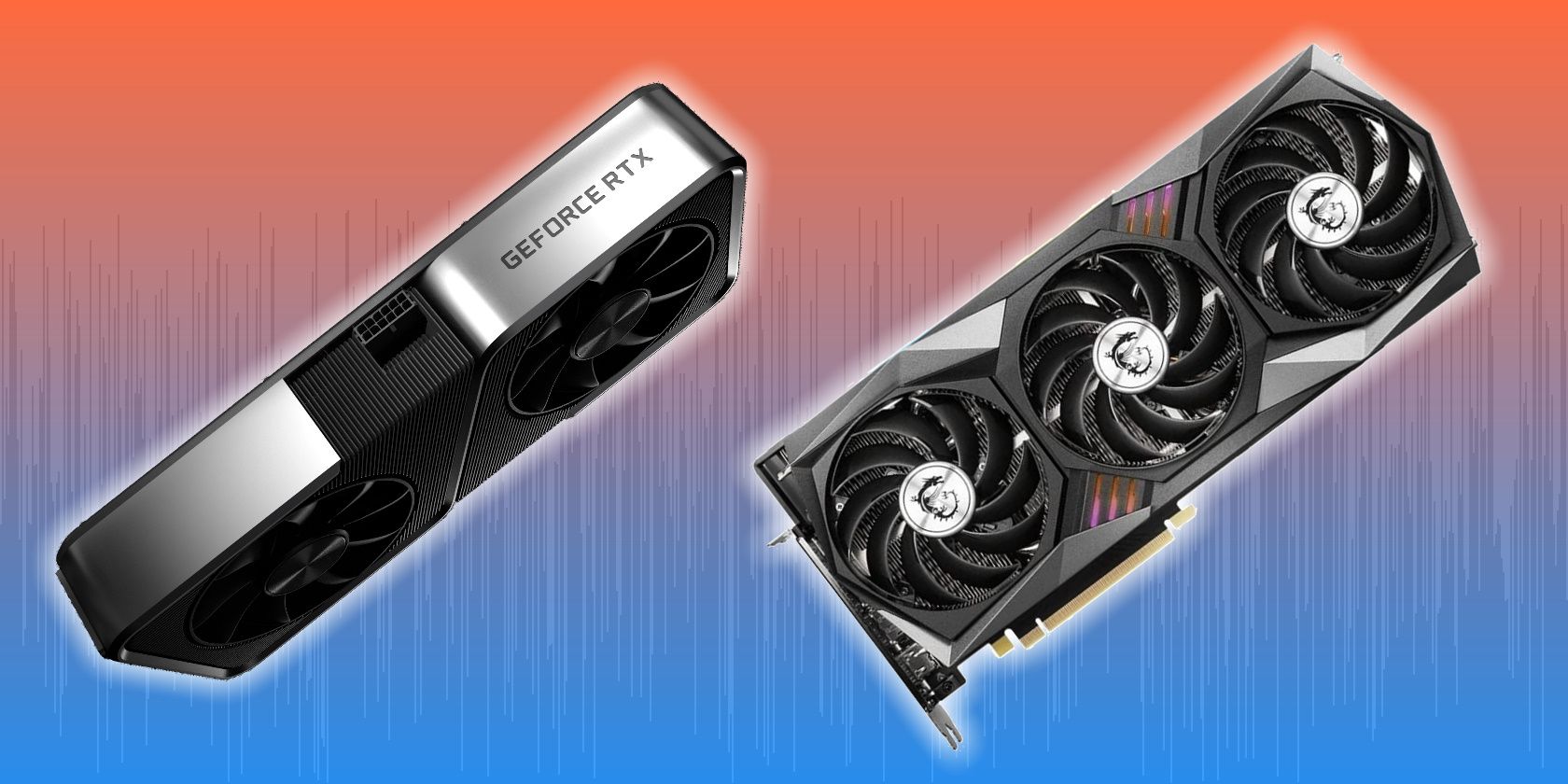When it comes to upgrading your computer, there are few investments you can make that are better than a dedicated graphics card—especially when you're playing demanding games or editing video. Unfortunately, realistic 3D graphics and advanced video renderings aren't cheap.
But buying a new graphics card isn't a straightforward process. However, if you know these five things before you start shopping, you'll stand a much better chance of buying a graphics card that suits you.
1. Performance Is Expensive
The hard truth about graphics cards is that if you want top performance, you'll have to pay top dollar. And the highest-performing cards are very expensive. You can easily pay up to $600, $800, or even $1,000 to get a world-class graphics setup.
Take the RTX 3070, for example. The Nvidia RTX 3070 has an MSRP of $500, yet has been trading hands for more than double that. It's a similar story for Nvidia's other 3000-series GPUs, and the situation doesn't look much better for AMD's 6000-series GPUs, either.
Prior to Nvidia and AMD's last generation of GPUs (the RTX 2000 series and the AMD 5000 series), development hadn't seen any significant leaps and bounds for some time, leading to a period of marginal gains. Then, with the advent of ray-tracing and other advanced GPU features, suddenly, forking out for a new GPU was worthwhile. Their latest GPUs, the RTX 3000 series and AMD 6000 series, are now the crème de la crème of GPUs and gaming—if you can get your hands on them at a reasonable price.
So, the original statement remains true: top-tier gaming performance is expensive, global supply shortages or not.
2. Figure Out Which GPU You Need Before Shopping
Once you start shopping for a graphics card, it can be easy to get caught up in model numbers, proprietary technologies, processor cores, and the huge number of different statistics that come with each graphics card.
In the grand scheme, these things aren't all that useful to know about for the vast majority of people. What matters is deciding what you want to do and then figuring out which specs will help you do it.
For example, do you want to be able to play Battlefield 2042 on PC? Or are you hoping to spend a lot of time with Cyberpunk 2077? Look at the graphics requirements of the games that you think you'll be playing and see what they require. Use that as a baseline.
Think about how much money you want to spend, too. You'll probably have to adjust your initial budget once or twice while shopping, but it's a good idea to start with a price in mind.
Once you have an idea of what you're going to need and how much you want to spend, check out GPU UserBenchmark to see how different cards test out in the wild with different configurations.
3. GDDR RAM Is Top Priority
As I mentioned before, every graphics card has a slew of difficult-to-understand statistics that describe it. However, you can ignore most of them and just focus on a couple.
One of the most important is GDDR RAM, which is how much memory your graphics card has to work with. Your GPU RAM is separate from your system RAM, which is used for non-graphics-related gaming operations. Typically, the more RAM your GPU has, the more computations it can make and the better graphics you'll get, although there are some examples where that doesn't ring true.
For example, some of the latest Nvidia 3000-series GPUs have less GDDR RAM than the previous generation, but other gains and developments in GPU tech mean their performance vastly outstrips what came before.
Even more important than the amount of RAM, however, is the type of RAM. A long time ago, DDR3 RAM was the standard for high-performance graphics cards, but technology has moved far beyond that. As of today, the best type of GPU RAM you can go with is GDDR6X, as you'll find on the Nvidia GeForce RTX 3080 and the RTX 3090.
So, what's the difference between the RAM your computer uses and the GDDR RAM your GPU uses? Primarily, it's all down to use case and efficiency. Your CPU uses RAM to process computing workflows and is extremely fast, optimized for latency. In contrast, GDDR RAM is designed to process graphics workloads and is optimized for maximum bandwidth.
4. Reference vs. Non-Reference Coolers
If you aren't a graphics card enthusiast, it's likely that you've never heard of "reference" or "non-reference" coolers. However, before we can explain the difference, you need to understand how graphics cards are sold.
Manufacturers, like AMD and Nvidia, make the actual cards and sell them directly to consumers, but they also sell them to other companies who make modifications and sell their own versions of cards. The cards from the manufacturer are called "reference" cards, while any modifications make them "non-reference."
You may also see these cards sold with names like Founder's Edition. In the image below, you can see the Nvidia RTX 3070 Founders Edition (the reference version) alongside the MSI Gaming GeForce RTX 3070 (the non-reference version).
One aspect that's frequently modified is the cooling system. Reference cooling systems generally have a single fan offset to one side, which will send hot air out the back of your computer case.
Non-reference cooling systems are more likely to have two fans (or even three) mounted so that they blow hot air directly away from the graphics card and into the computer case. This means there will be more stress on your computer's cooling system to prevent overheating, but non-reference coolers tend to be quieter and more effective.
To choose between the two, you may want to monitor the temperature of your CPU while you're gaming. If it gets up to 55 degrees Celsius, you'll want to push hot air out the back of your case, but if you have a solid cooling system in place, going with an aftermarket non-reference cooler will give you a quieter boost to your graphics.
5. Check Your GPU Compatibility
With any graphics card, there's always the potential for compatibility problems. Common issues include things like the power source (input type, power demands, and so on) and the size of the card itself (does it fit inside your PC case?).
Your motherboard will need a PCIe 16-slot, and you'll have to measure the distance from this slot to any components that could interfere with your graphics card. Compare this to the length and width of the card (available online or from the manufacturer) and make sure you have a little extra room all around.
You'll also need to figure out if the card will need to draw from your external power supply. Some lower-end cards get enough power from the PCI port on your motherboard, but you should plan on hooking up your power supply to the card as well. If it needs more power, your power supply will need to use the proper cables, or you'll have to find an adapter.
You'll also have to connect your GPU to your power supply. Most modern GPUs use either a six-pin or an eight-pin connector depending on their power requirements, though some very power-hungry hardware may use multiple inputs. For example, Nvidia's RTX 3080 requires a 12-pin connector, while AMD's 6800 XT requires three eight-pin connectors, such is the massive power draw required for these graphics cards.
Also, you'll need to make sure that there's enough power being put out of the supply to keep everything in your computer up and running. Figuring out what power supply unit you need isn't always apparent, so you should use an online power supply calculator to help streamline the process.
Never Forget: Do Your Own Research
If you know how you're going to deal with each of the factors above, you should have no problem finding the right graphics card for your computer. Spend some time on forums reading about the performance of particular cards with your preferred games. Check out benchmarking sites. Decide how much you're willing to pay.
Once you've done that, you should be set!
Image Credits:thinking man by Ollyy via Shutterstock




